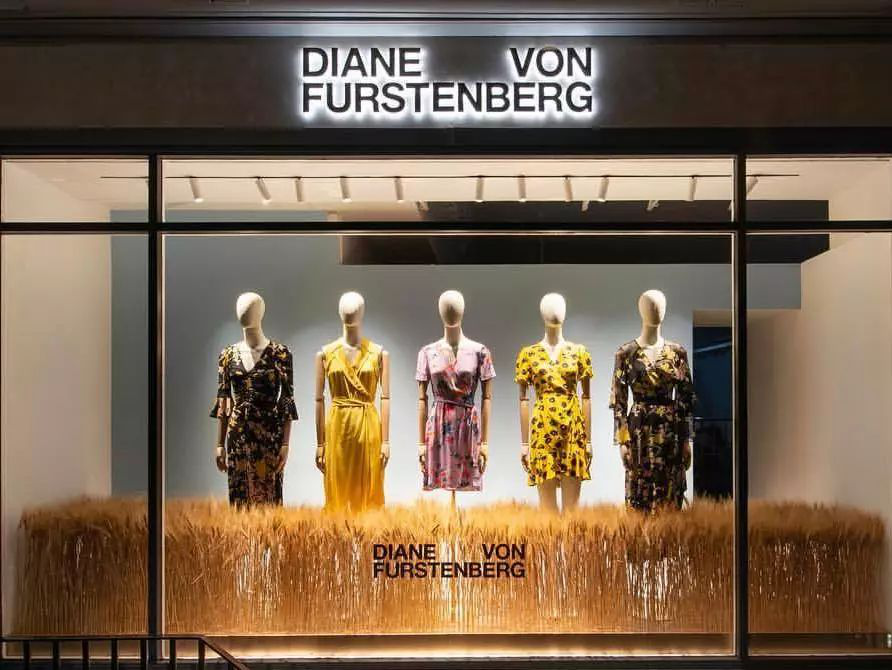CANCEL
2020-02-07 14:44:51
Since in-store shopping is still relevant, as a retailer, it’s more important than ever to get consumers in your store. One of the most effective ways to do that is with a window display. Storefront design is a careful blend of styling, art and psychology. The right design draws in the eye, brings a prospective buyer over to you, and welcomes them to step inside.
Large retail corporations have the benefit of entire departments and huge budgets devoted to visual merchandising. For smaller retailers, however, storefront display requires a more DIY approach. Here’s a quick guide to get started:
1. Make your concept.
It’s important to plan out the look of your storefront before you start tossing things together. Identify which new products you want to focus on this season or ones that you anticipate being a best-seller. Choose products that will garner interest and complement each other.
Think about your brand and the deeper meaning of it. What colors do you often use? What’s the overall aesthetic of your store and your products? Your storefront display will often be a new customer’s first impression of the store itself, so it’s important to send the right message, one that is consistent with the overall experience your brand provides.
Use your graphic design skills or grab a pen and paper and create mockups/sketches of your storefront. This will help you get a feel for how everything will look in advance, so you know you’re making the right decisions, especially with color.
2. Advantage product placement.
Once you have a grasp of the overall look and feel of your display, it’s time to start putting it together. Staging and placement of your products and other elements of the display shouldn’t be overlooked. Visual merchandising is a combination of art and science. Here are a few important things to remember:
•Less is More—Your storefront is not the store itself, so you don’t have to show everything. Focus on stand-out products that make people intrigued about what you have to sell. Also, leave some space in your windows so customers can actually see a glimpse of what’s inside.
•Spotlight Key Items—Have a best-seller or a new product that you know is going to do well? Make it the focus, and use other products and props to supplement it. Think about your customer and what will be at their eye level.
•Odd Numbers Work—It’s tempting to arrange everything symmetrically, but having odd-numbered groupings actually creates a more dynamic look. Interior designer Barbara Wright has more to say about why it’s okay to be odd.